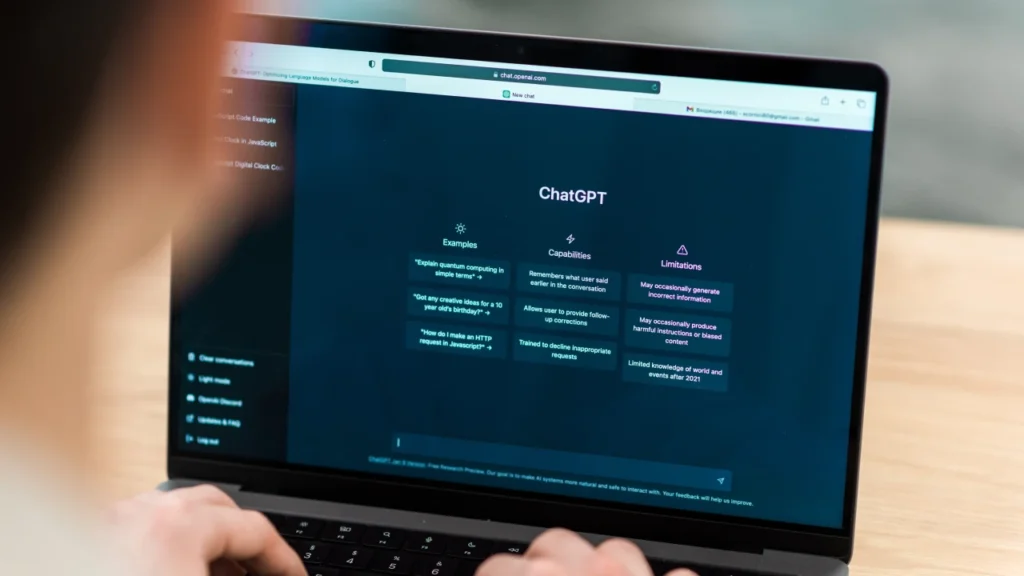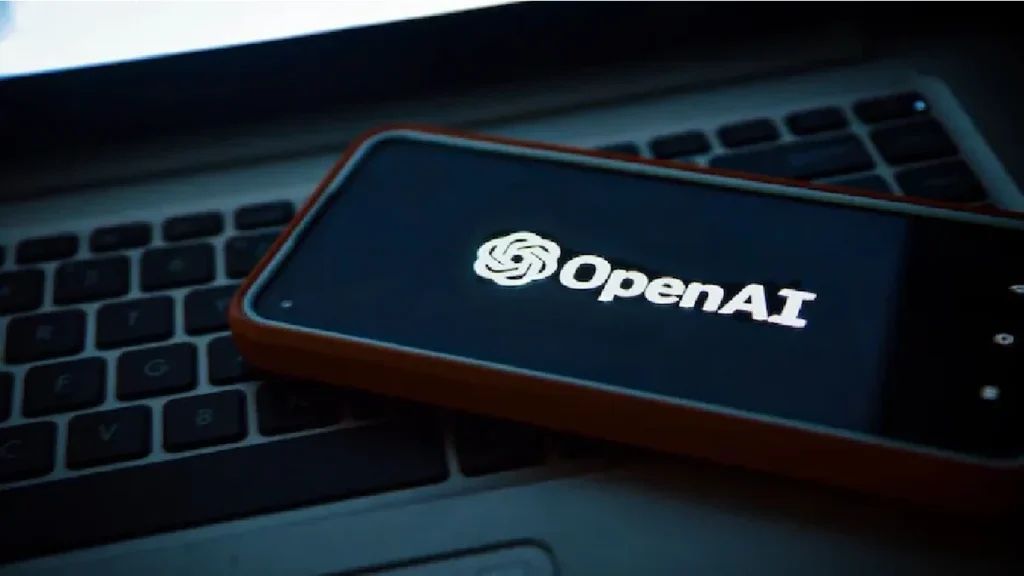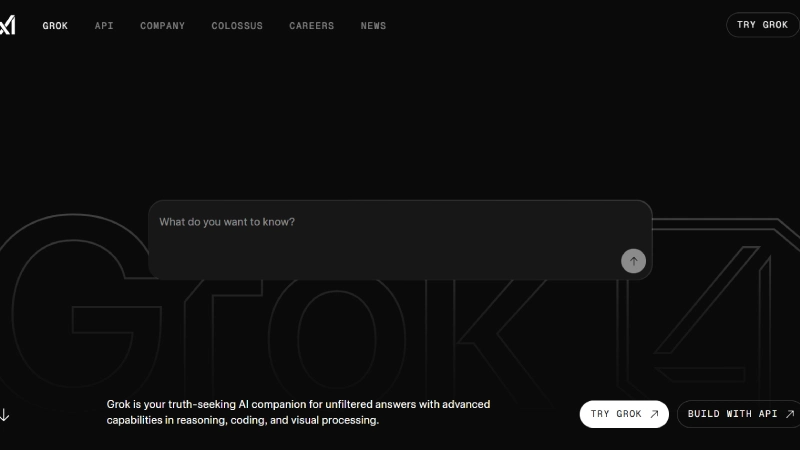Table of Contents
Highlights
- Musk open-sources Grok 2.5 with custom licensing and hardware barriers.
- Community divided: praised for transparency, criticized for restrictions.
- Grok 3 release in 2026 may challenge AI leaders like OpenAI and Google.
On August 23, 2025, Musk announced on X (formerly Twitter) that Grok 2.5, xAI’s premium 2024 offering in terms of models, had been open-sourced. He also said Grok 3 would be “in about six months,” thus presumably released in early 2026. This announcement initiated ever more heated debates in the tech world, as Musk is pushing for AI transparency when him justifies restrictive licensing and heavy hardware requirement criticism.
What Is Grok?
Grok is a family of large language models created by xAI, Musk’s AI company closely working with X and Tesla. Grok was initially launched as a chatbot inside X Premium to compete directly with OpenAI’s ChatGPT, Anthropic’s Claude, and Google’s Gemini.

However, Musk stresses repeatedly that Grok will be more “truthful” and “fun” with fewer filters activated against it than its competitors. With the unveiling of Grok 2.5, Musk is entering uncharted territory in liberating the actual model weights for developers and researchers all over the globe to directly experiment with the technology.
The License Impatient was later said to be open-source by Musk to give it a certain shine. But this was only partly true. The absolute model weights are available on the Hugging Face-style platform. However, the license they put it under is quite custom and ensures one is able to experiment, research, and conduct limited commercial activities, i.e., for smaller businesses or independent developers. The restrictions, however, go as follows:
Training from outputs: Developers cannot use the outputs of Grok to train new AI models. Revenue threshold: The license restricts how much revenue a company can generate using Grok. Larger companies have to negotiate directly with xAI.
Hardware dependency: Huge computational hardware requirements punish Grok 2.5 at its run-runs, with eight GPUs, 40 GB memory capacity each. Accessibility, therefore, was limited to smaller labs and hobbyists. For that matter, the release may perform as a technically open one, yet critics argue that this was not in the spirit that projects such as Llama 3 from Meta were carried: to be actively available and deployable on consumer hardware.

Community Reactions
The announcement elicited a mixed bag of reactions across developer forums and social media. Many praised Musk, seeing the release of a cutting-edge AI model in the public domain as a step towards increased transparency and innovation. Grok thus adds to the list of open AI tools, welcomed by researchers who often face financial and licensing bottlenecks. Conversely, others noted the limitations. Licensing restrictions practically undermine that promise of freedom, and the heavily demanding hardware requirements set up yet another barrier to entry. Some felt that this was more about PR than an actual offering to the open-source community. As a Redditor mischievously put, “It’s only open source if you have a data center in your garage.”
The Why Behind It
Musk has always vocalized matters relating to AI safety and the risks when truly concentrated power is concentrated in just a few corporations. Back in 2015, he was a co-founder of OpenAI, but, much later on, he parted ways with the organization, disputing its turn from a nonprofit mission to a closed-profit company. The timeline for Grok 3 is revealing a strategy as well. Musk is setting timelines and expectations about fast release cycles, while keeping public interest on xAI. If Grok 3 really is significantly ahead, an open-source release could seriously challenge the lead companies (OpenAI, Google).

Impacts on the landscape
The release of Grok 2.5 represents a widening gap in a quickly evolving AI ecosystem. Closed (ChatGPT-4, Claude 3, Gemini) means user-friendly, but with their weights and code entirely hidden from us. Open (Llama 3, Mistral, and now Grok 2.5) means we can see how it works as much as possible, but generally gets us to the same performance/restriction ratio – either too many restrictions, or too much performance needed. Musk’s action is likely to motivate competitors to rethink their approach, particularly if Grok 3 is open source, and achieves similar performance as GPT-5 or Claude 3.5, we could collectively put pressure on the leaders by pushing for less proprietary technology
Looking Forward
For now, Grok 2.5 will let developers/researchers tinker with – although it’s not perfect, it’s functional. In six months’ time, we’ll all be watching carefully to realize if xAI delivers on the promise of open sourcing Grok 3. If Musk delivers, it could change the way we share and use cutting-edge AI models. The move has also raised bigger questions about what “open source” really means in AI. Is releasing model weights under a limited license sufficient, or should open AI models be open to anyone, regardless of scale? Musk’s announcement requires the industry to reckon with these conversations.